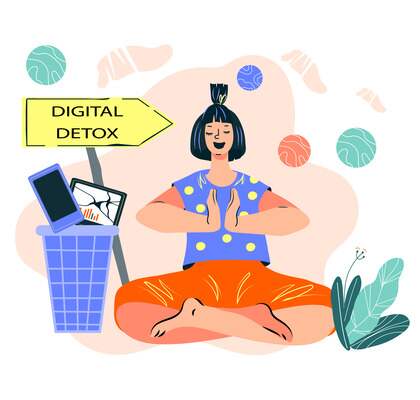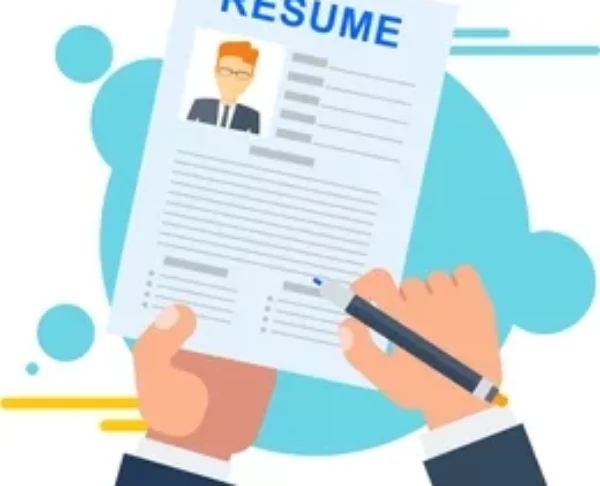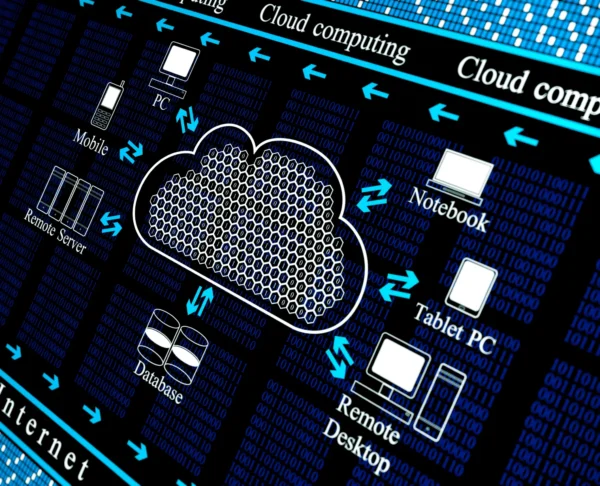In today’s hyper-connected world, the prevalence of technology and digital devices has become an inseparable part of our daily lives. While these advancements have undoubtedly brought numerous conveniences and opportunities, they have also led to a growing concern – digital overload. The constant stream of information and the addictive allure of social media platforms have left many feeling overwhelmed, stressed, and disconnected from the real world. This article will delve into the concept of digital detox, exploring the importance of unplugging and how it allows us to reconnect with real-life experiences and meaningful relationships.
The Impact of Technology on Our Lives
Over the past decade, the proliferation of smartphones, tablets, and laptops has revolutionized the way we interact, communicate, and conduct business. The convenience of these devices has made us more interconnected than ever before, but this constant connectivity has taken a toll on our well-being. The fear of missing out (FOMO) and the pressure to stay connected can lead to anxiety, decreased attention spans, and even sleep disturbances.
Recognizing the Signs of Digital Overload
The signs of digital overload can manifest in various ways, affecting both our physical and mental health. Headaches, eye strain, and neck pain are common physical symptoms, while mental health issues such as depression and anxiety can be exacerbated by excessive screen time. Moreover, the addictive nature of social media can lead to a sense of disconnection from the real world and the people around us.
Benefits of Digital Detox
A digital detox, which involves taking intentional breaks from digital devices, offers a myriad of benefits. By disconnecting from screens, individuals report improved focus and productivity in their daily tasks. Additionally, the quality of sleep often improves when electronic devices are kept out of the bedroom. Most importantly, a digital detox provides an opportunity to foster deeper, more meaningful relationships with loved ones and friends.



How to Start a Digital Detox
Embarking on a digital detox requires setting realistic goals and boundaries. Designate specific times or areas of your home as technology-free zones. Replace screen time with alternative activities, such as reading, outdoor walks, or engaging in hobbies. Starting with shorter detox periods can make the transition more manageable and less overwhelming.
The true joy of life is found in the simple moments of connection with others and the world around us.
– Ralph Marston
Overcoming Challenges During a Digital Detox
During a digital detox, individuals may experience challenges, especially in a world where being constantly connected is the norm. Dealing with FOMO is one such challenge. It’s essential to remind ourselves that social media often presents a curated version of reality and that taking time away from it can lead to more authentic experiences.
Managing work and social expectations is another hurdle, but open communication about your detox plans can help set boundaries with colleagues, friends, and family. Stay committed to the detox, and gradually, others will respect and understand your need for occasional disconnection.
Personal Stories of Digital Detox Success
Real-life stories of individuals who have successfully embraced digital detox can be inspiring and motivating. Many have reported increased happiness, reduced stress, and improved relationships after unplugging from the digital world. These firsthand accounts highlight the positive impact a digital detox can have on overall well-being.
The Role of Digital Detox Apps and Tools
In this digital age, there are various apps and tools designed to assist in the digital detox process. These include apps that track and limit screen time, meditation and mindfulness apps to promote relaxation, and even retreats and programs specifically focused on helping people disconnect from their devices.
Teaching Digital Detox to Children and Teens
Digital detox is equally important for children and teenagers, as they are growing up in an era dominated by technology. Parents can play a vital role by setting parental controls and supervising their children’s screen time. Encouraging offline activities, such as sports, arts, or spending time with friends, can contribute to a more balanced and healthy lifestyle for young individuals.
The Future of Digital Detox
As technology continues to advance, finding a healthy balance between digital life and real-life interactions will be crucial. Mindfulness practices can be integrated into the use of technology, encouraging individuals to engage thoughtfully and consciously with digital devices. Striking this balance will be essential for maintaining our mental and emotional well-being in the long run.
Conclusion
In conclusion, digital detox is a necessary practice in our increasingly digitalized world. Taking intentional breaks from technology allows us to reevaluate our relationship with digital devices, prioritize real-life experiences, and cultivate meaningful connections with others. By embracing digital detox, we can regain control over our time and attention, leading to improved overall well-being and a more fulfilling life.




